The McDonnell Douglas DC-9 was a single-aisle jet aircraft produced from 1965 to 1982 – a total of 976 units were made in this 17-year production spell. While no American passenger carriers operate the type anymore, a few cargo airlines still utilize the aircraft which, in its heyday, was an efficient short-to-medium haul workhorse.
Over the plane’s history, launch customer Delta Air Lines operated the most airframes, with a total of 305 in both its own fleet and also from Northwest Airlines, which merged with Delta in 2009. Interestingly, many of these DC-9s were acquired during Northwest’s merger with Republic Airways way back in 1986, showing how resilient the aircraft was.
|
Rank |
Airline |
Total DC-9s Operated |
|---|---|---|
|
1 |
Delta Air Lines |
305 |
|
2 |
Northwest Airlines |
180 |
|
3 |
Republic Airlines |
133 |
|
4 |
Eastern Air Lines |
123 |
|
5 |
Scandinavian Airlines |
85 |
History and development
In the 1950s, Douglas Aircraft, a prominent American aircraft manufacturer, wanted to create a short-to-medium-range airliner to compete with Boeing’s 727 trijet. In 1962, the design of the airplane began, and the first prototype flew in February 1965. The first commercial airline to operate the type was Delta Air Lines, which received the delivery of the first aircraft on December 8. A year later, Douglas began to offer other variants of the type, including the -30 series, which featured a larger capacity and other enhancements.
In August 1967, Douglas merged with fellow American planemaker McDonnell Aircraft, creating the McDonnell Douglas Corporation. The DC-9 continued to be produced, albeit under its new name, the MD-80, which was effectively the ‘second generation’ of the original DC-9. In the early 1990s, the MD-80 was further developed into the MD-90, which was then the inspiration for the Boeing 717.
The DC-9 Variants
The Douglas DC-9 started off as the Series 10, but several new variants would quickly roll off the production line in the following years.
DC-9-10
The ‘original’ aircraft was developed as the Series 10 (i.e., the DC-9-10), and was the smallest variant roughly the same size as the BAC One-Eleven. A total of 137 of the type were built, and they had a maximum weight of 37,000 kg. The Series 10 had two further variants, the Series 14 and 15.
DC-9-20
The DC-9-20, or Series 20, was built specially for customer SAS. Only ten of this variant were produced, which featured an extended fuselage and higher thrust engines for improved takeoff performance.
DC-9-30
The Series 30 was produced to compete with the popular Boeing 737 – this variant was by far the best-selling type of the Douglas DC-9, with 662 built (about 60% of the total DC-9s built).
Photo: Angel DiBilio | Shutterstock
It was a substantial improvement from the original DC-9-10, with a greater maximum takeoff weight of 50,000 kg, higher passenger capacity, and full-span leading edge slats to help with takeoff and landing performance. The Douglas DC-9-30 first came into service in February 1967 with Eastern Airlines, an American carrier based in Miami.
DC-9-40
The Series 40 made a few key changes to the popular -30, including extending the fuselage to increase passenger capacity to 125 and boosting engine thrust. Over 70 of this variant were produced, but more airlines would ultimately opt for the longer Series 50.
DC-9-50
The Series 50 was the largest variant of the Douglas DC-9 and was also the last to go into commercial service in 1975 with Eastern Airlines. The fuselage was stretched by 2.49m and had the capacity to seat up to 139 passengers, roughly equivalent to the capacity of the Airbus A220 family.
In addition to an increase in the size of the aircraft, the DC-9 also featured a thrust reverser modification, which was initially developed by Air Canada. A total of 96 DC-9-50s were produced and, in its later days, the variant became popular as a freighter with its extra capacity.
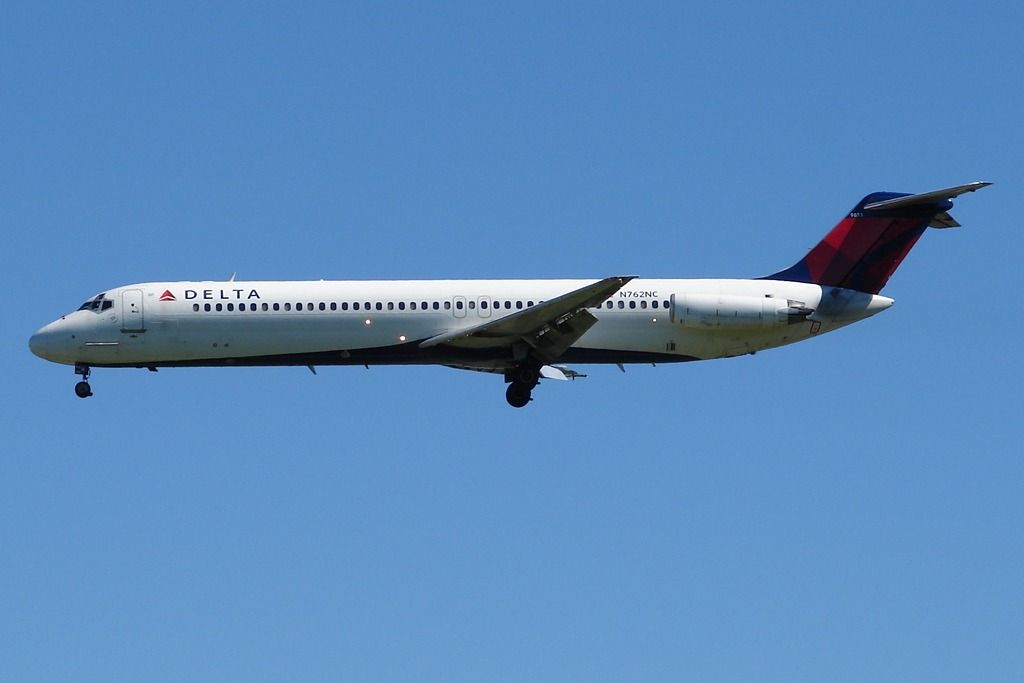
Related
McDonnell Douglas DC-9-50: The Rear-Engined Family’s Longest Variant
The McDonnell Douglas DC-9-50 first took to the skies in 1975 and took its final flight in 2014.
C-9 military variant
Aside from the aforementioned commercial variants, the Douglas DC-9 also had a military variant, the C-9, which was produced for all branches of the US military, including the C-9A Nightingale for the US Air Force, and the C-9B Skytrain II for the US Navy and Marines.
A lasting legacy
Delta flew its final DC-9 commercial service in January 2014, but the type would remain in operation worldwide primarily as a cargo plane, along with the odd charter flight. According to data from ch-aviation, there are less than 20 DC-9s listed as active as of July 2024, the majority of which are flying with Aeronaves TSM as freighters.
As for its safety history, the DC-9 has been involved in 156 hull losses over its operational history but was generally considered a reliable aircraft for its time, particularly regarding ease of maintenance. Delta was flying airframes up to 35 years old by the time it retired the DC-9 for good. The DC-9 would become the base for the McDonnell Douglas MD-80, which would outsell the DC-9 by a couple of hundred units after it entered service in the 1980s.
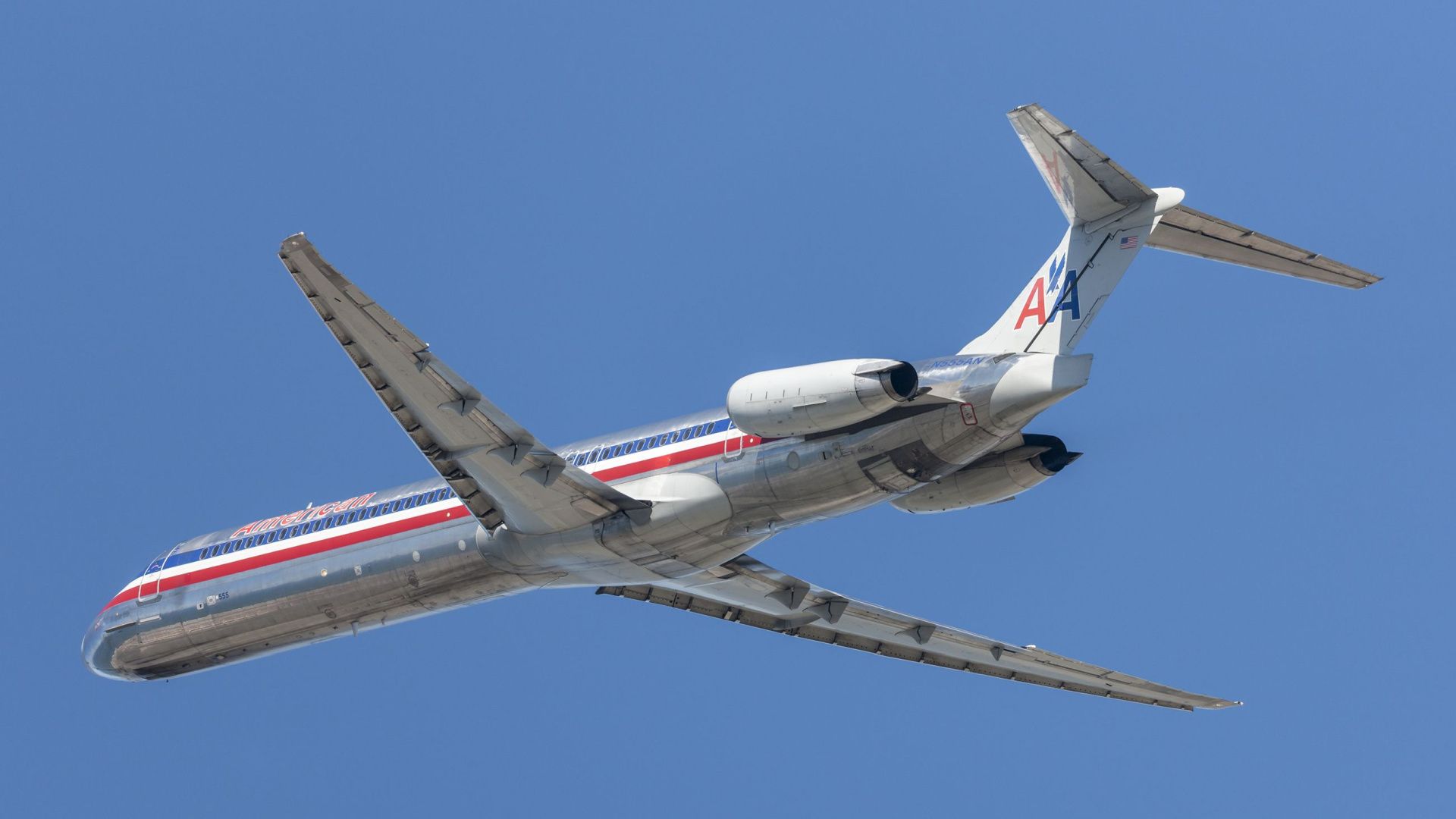
Related
The MD-80 – Everything You Need To Know
The MD-80 was a popular aircraft in many regions, still in very limited service.

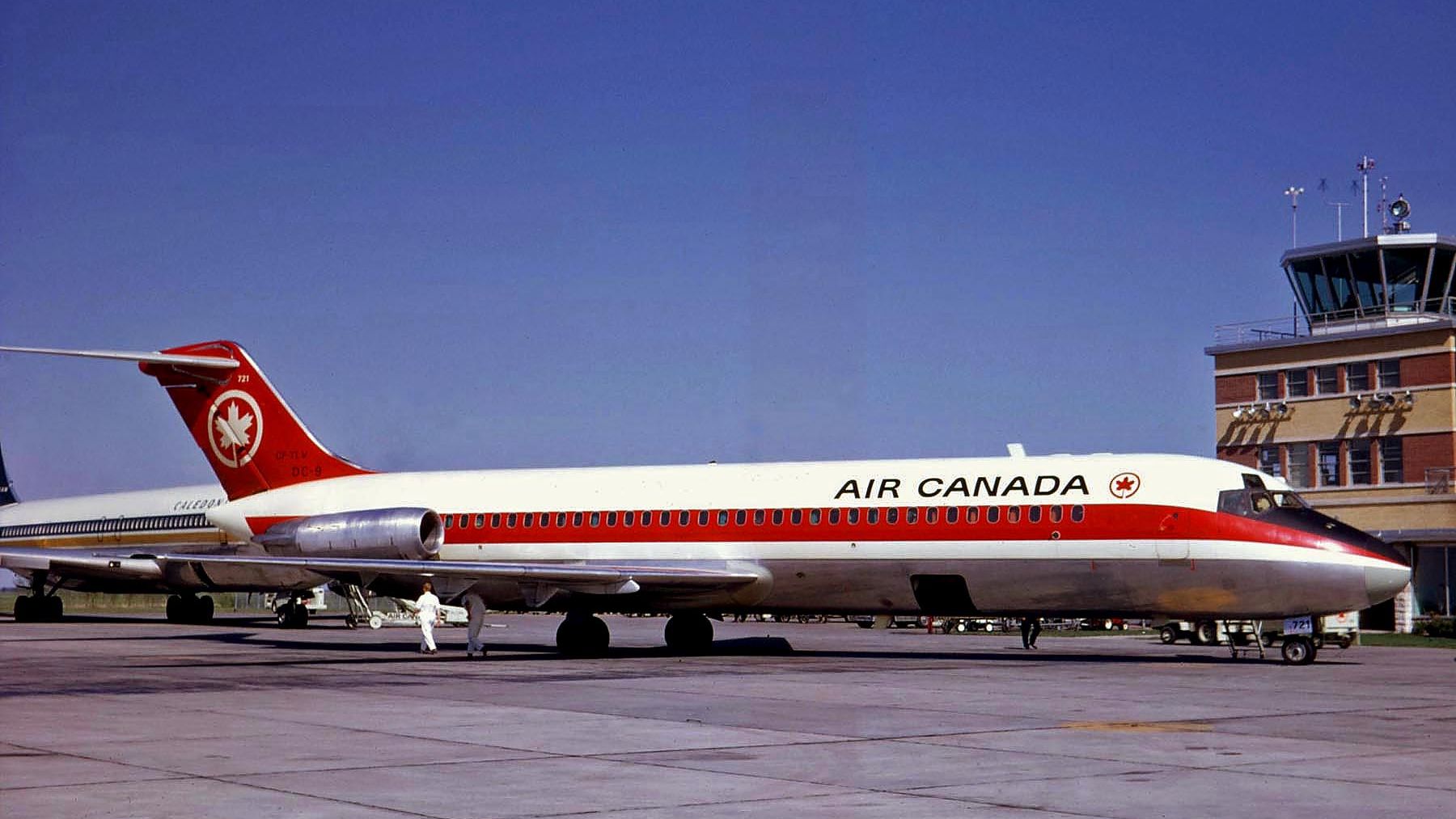
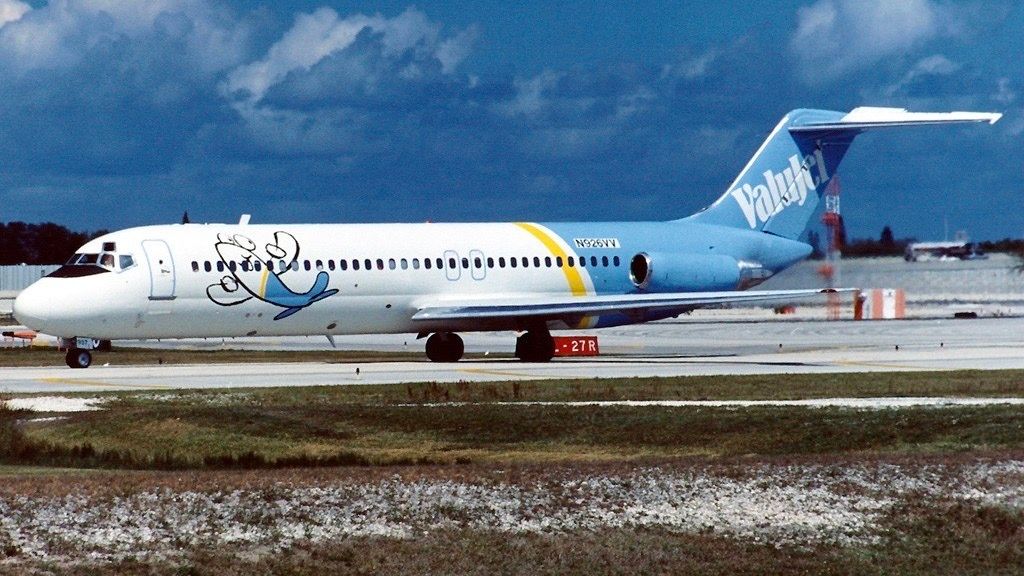
.jpg)
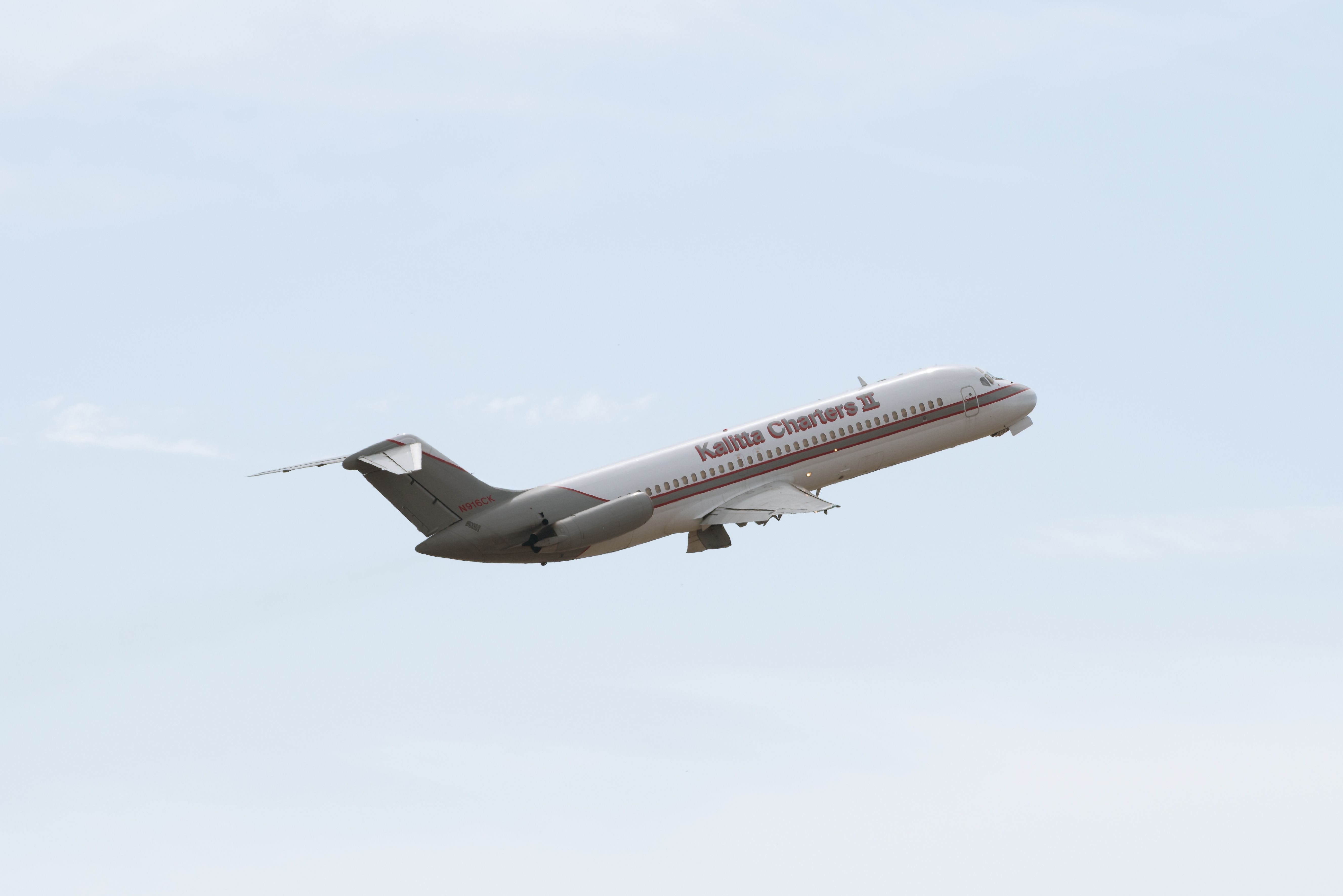
_flies_over_the_Pacific_Ocean-1.jpg)